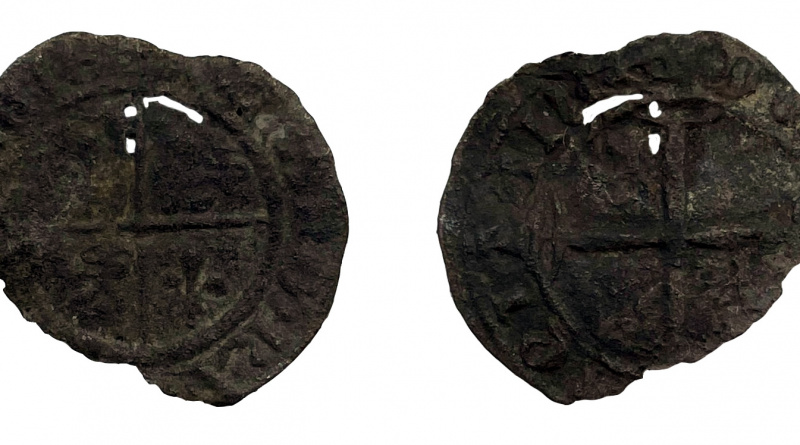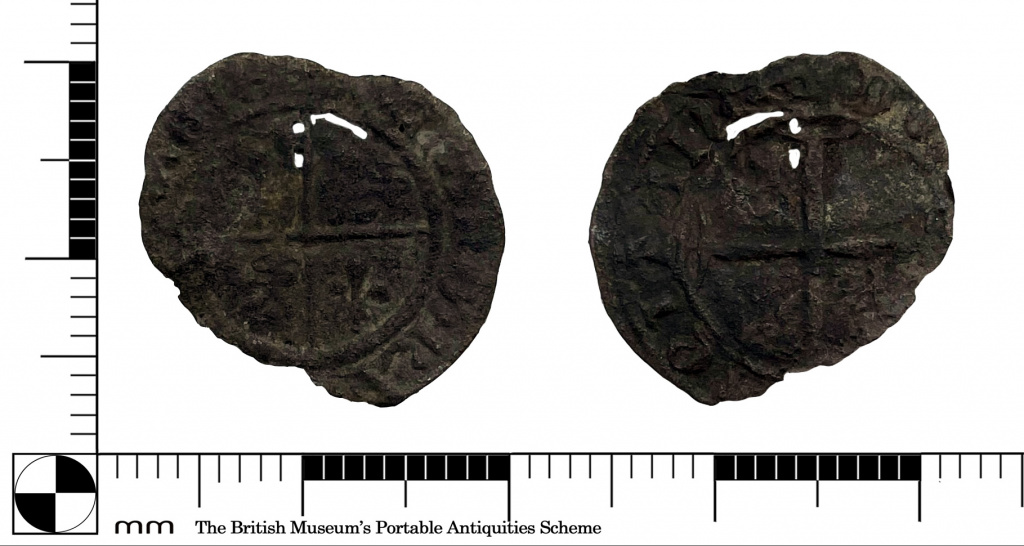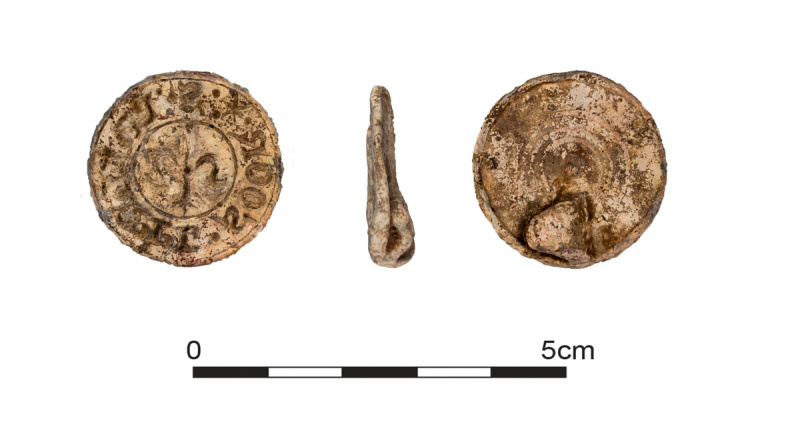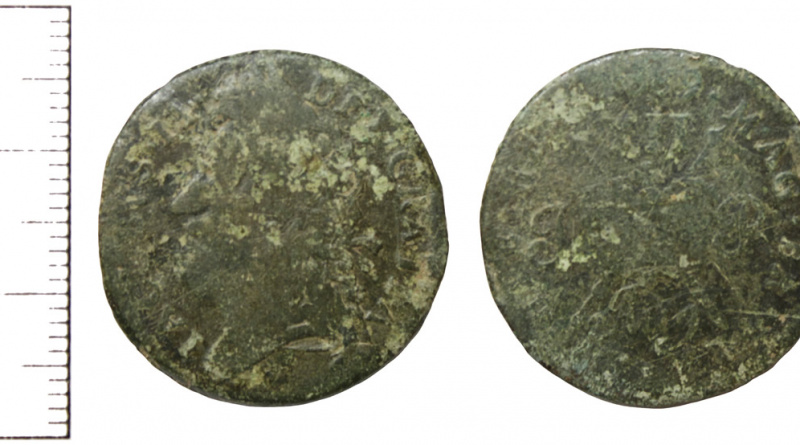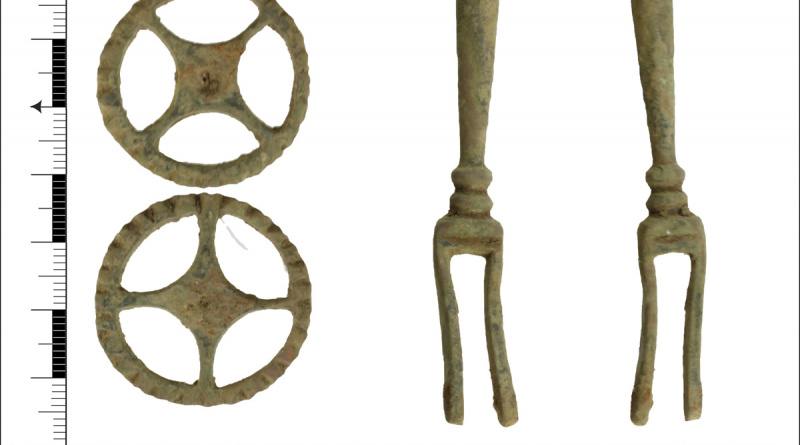PAS Finds: week ended 10 June 2022
PAS Finds: week ended 10 June 2022
My selection of the detecting finds recorded at the PAS for the week ended 10 June 2022.
Featured Find
“Black money” denier of Richard II as Duke of Aquitaine
The PAS record describes the coin as ” in poor condition, corroded and incomplete, missing part of the outer circle. There are also three small holes/splits in the flan around the inner circle.” However, it is the first Anglo-Gallic issue of Richard II to be recorded by the PAS and they have therefore designated it a Find of Note of Regional Importance.
Richard II coinage
Although he reigned for twenty two years, the coinage of Richard II is remarkable for being rather unremarkable. It was essentially a continuation of what went before, i.e. the coins of his grandfather Edward III in England and the Anglo-Gallic issues of his father, the Black Prince.
Duke of Aquitaine
In 1362 Edward II made Aquitaine into a Principality. By a Royal charter of 19 July of that year gave the title of Prince of Aquitaine to the Black Prince and amongst other things gave him the power “to make coin and stamp monies of gold and silver, or any other“. As well as gold and silver coinage he produced billon (base silver) coinage in denominations of double, denier and denier lion.
“Black Money”
In March 1339 Edward III wanted to stop the import of base Continental coins into Ireland and issued an instruction to man the circulation of moneta nigra vocata Turneys (black money called Turneys). The term “black money” can refer to both forgeries or base metal official coinage which both become black due to a lack of silver content. John Pinkerton writes a note on “black money” in his book of 1789 “An Essay on medals “.

There were two kinds of Black-money, the counterfeit intended by forgers to pass for silver; and the authorised money of billon. Black-money, or billon, was struck in the mints of the English dominions in France, by command of the kings of England, for the use of their French subjects; but black-money and copper money are very different. Money of billon was common in all France from about the year 1200. Hardies [a “penny” coin], being authorised black-money, of Edward the Black Prince, are likewise found

